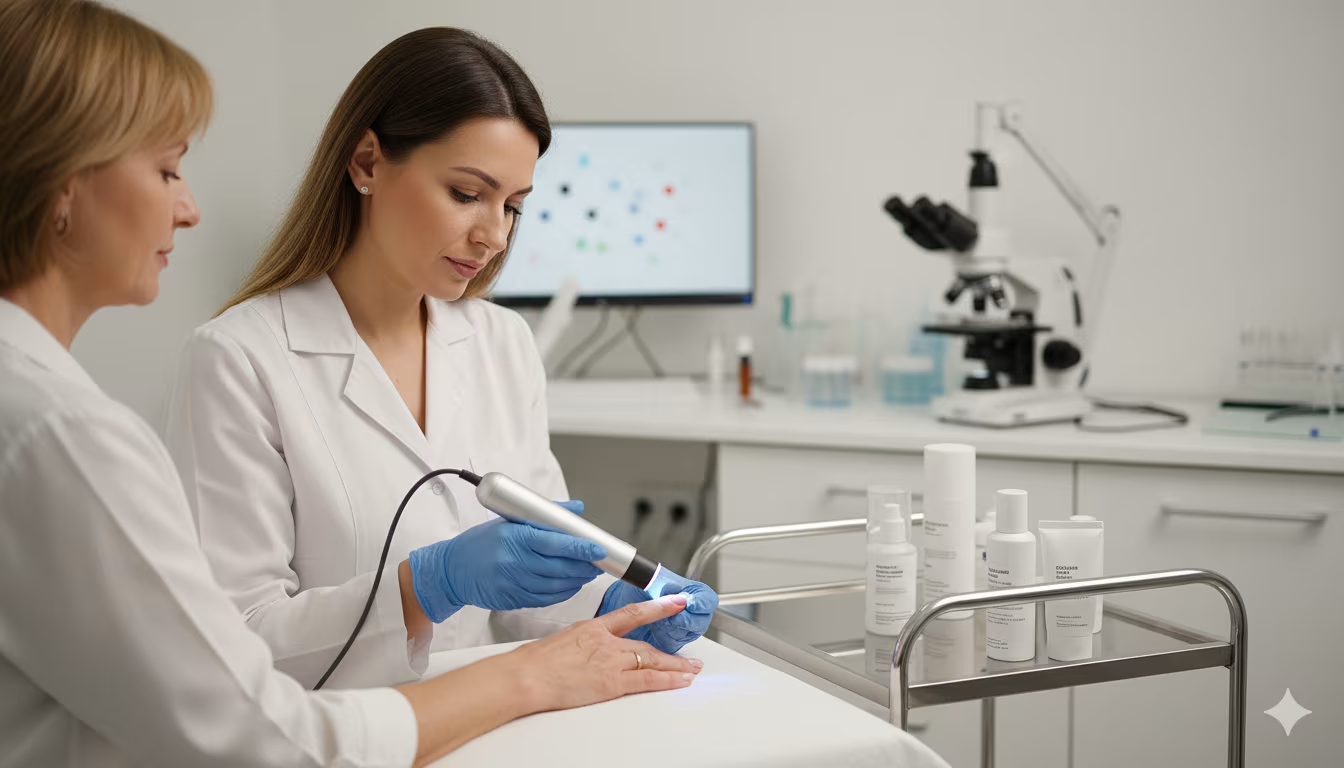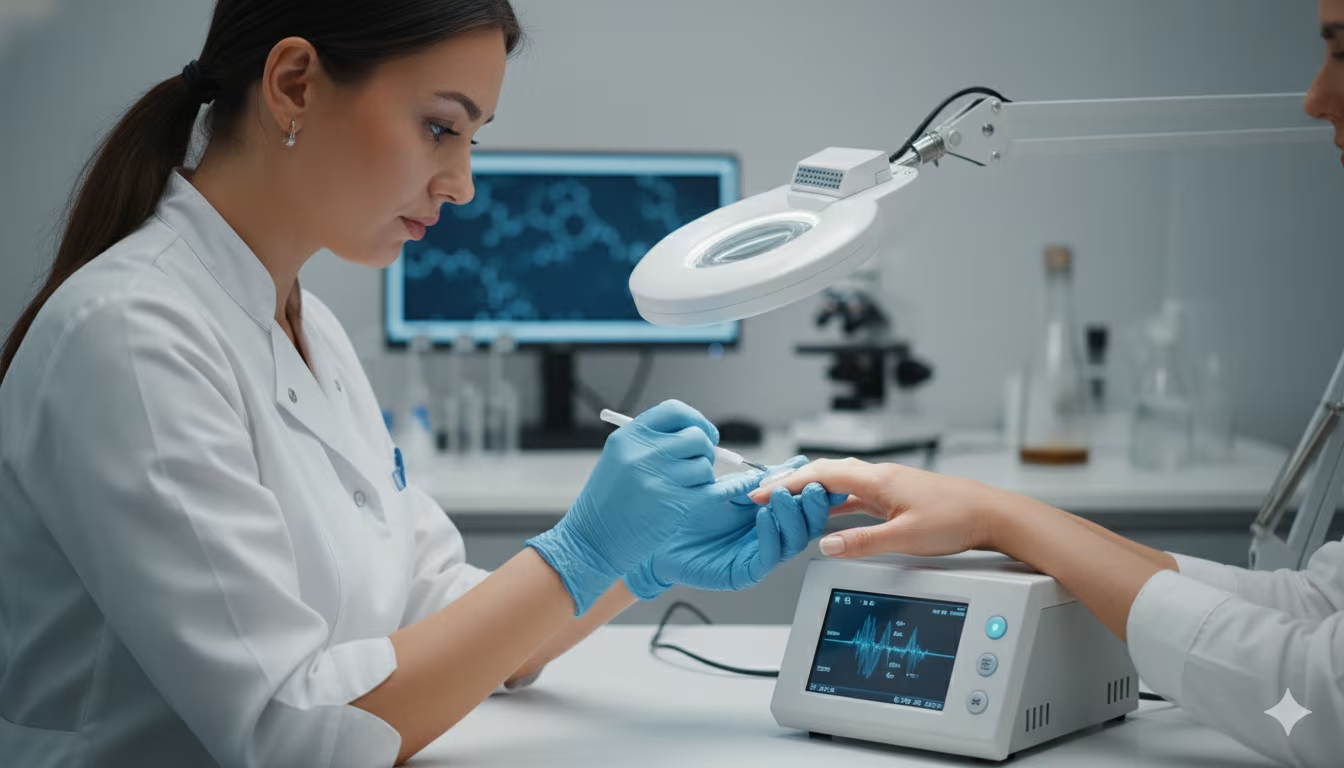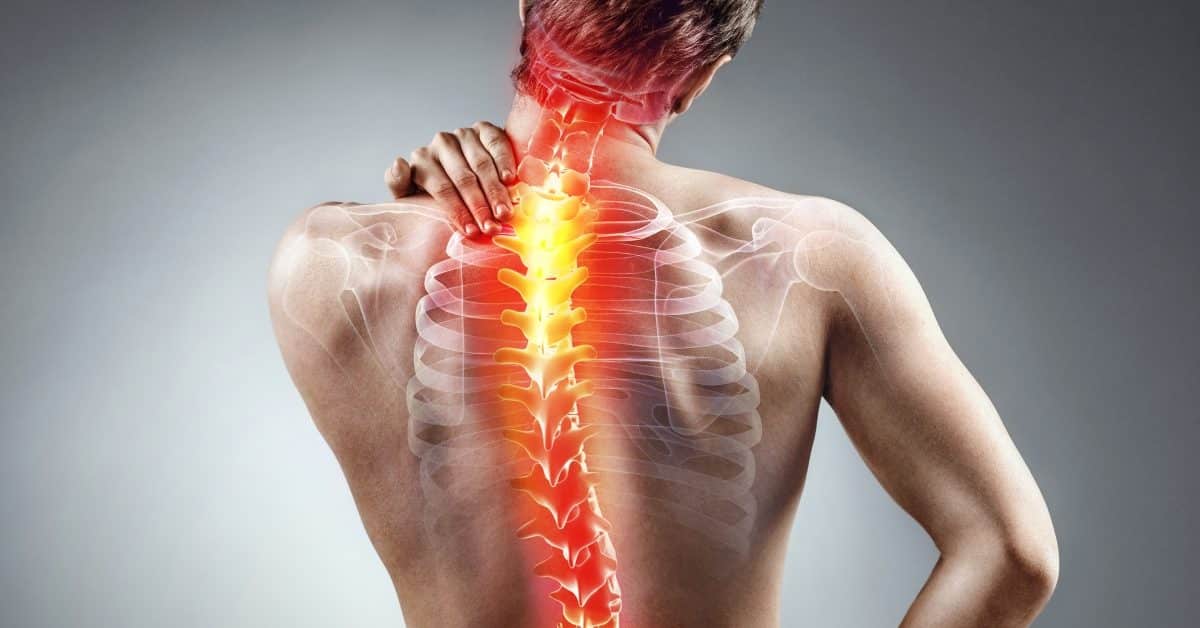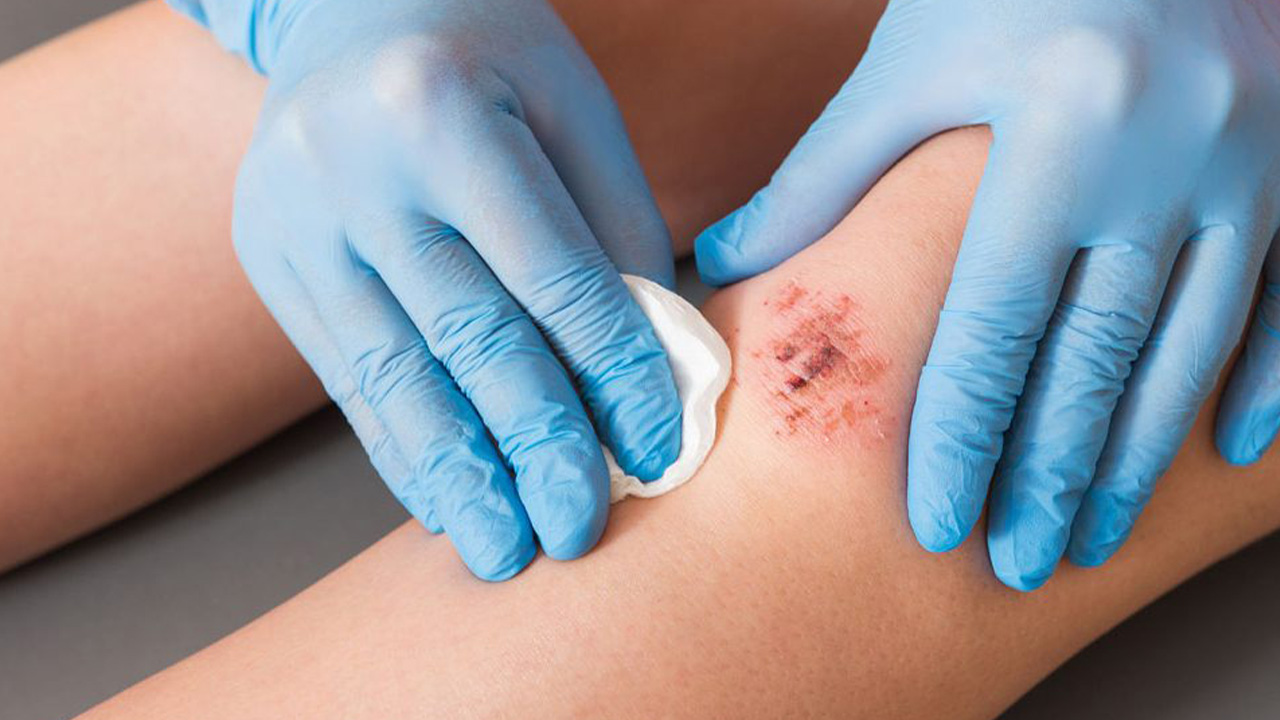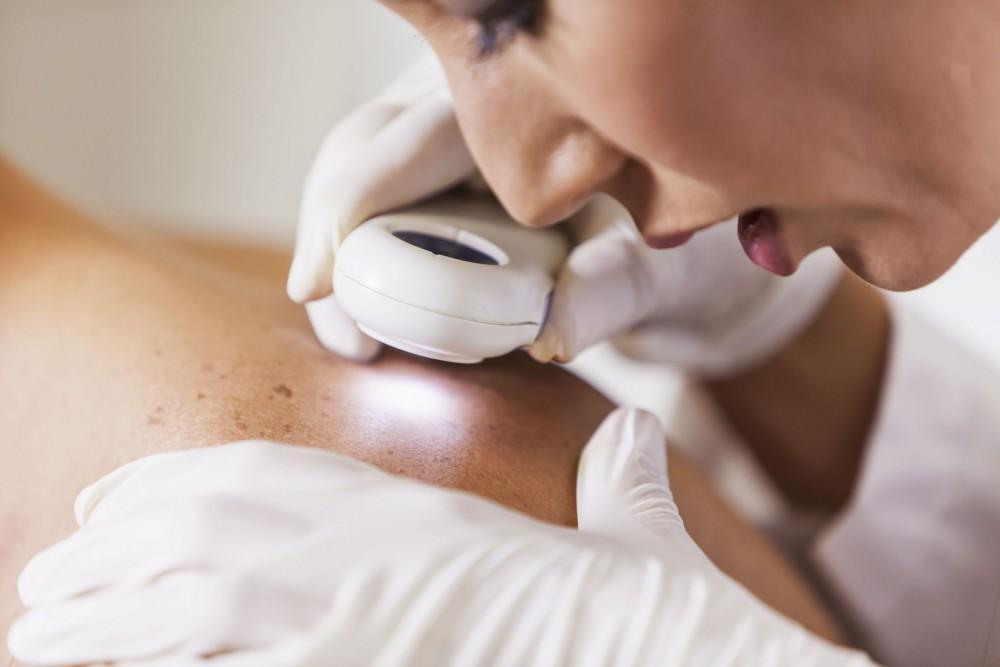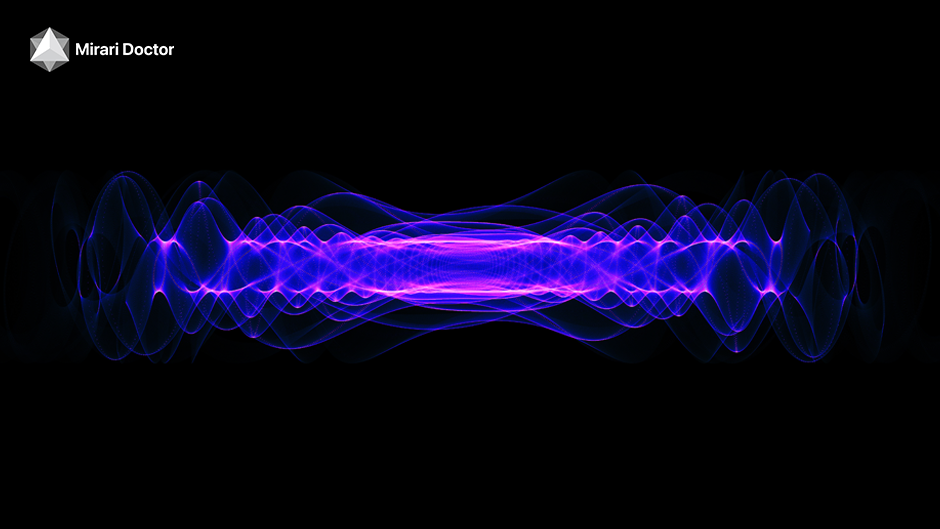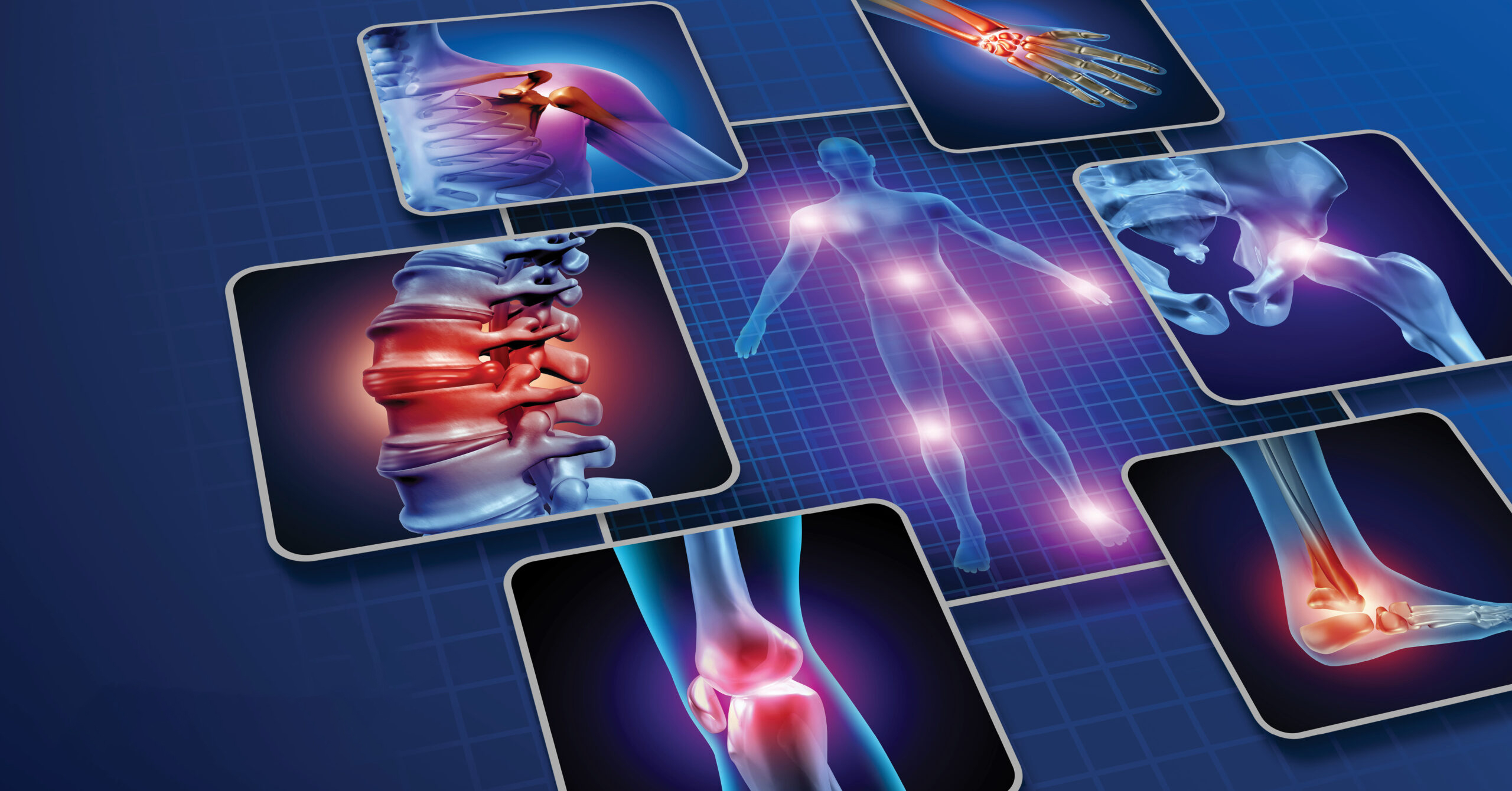
You May Be Interested In:
- Cold Plasma for Face: Revolutionary Skin Treatment
- Is Cold Plasma Good for Wrinkles? Complete Guide to Anti-Aging Benefits and Clinical Evidence
- Can Cold Plasma Help Pityriasis Rosea? Treatment Guide
- Dermatology: Cold Plasma Treatment Guide
- Mirari Cold Plasma vs Perricone MD: Medical vs Cosmetic Breakthrough
Cold plasma for skin represents cutting-edge technology that’s revolutionizing dermatological treatments worldwide. This innovative approach harnesses ionized gas at room temperature to deliver powerful therapeutic benefits without thermal damage, making it ideal for sensitive facial applications[1][7][9].
Clinical studies show that cold plasma for skin treatments produces impressive results, such as killing bacteria, boosting collagen production, and speeding up healing, all while being very safe for every skin type.
Understanding Cold Plasma Technology for Skin Applications
What Makes Cold Plasma Revolutionary?
Cold plasma for skin operates as the fourth state of matter—created when energy ionizes gas molecules while maintaining temperatures near body temperature[12]. This unique characteristic allows therapeutic benefits without heat-related tissue damage.
The technology generates reactive oxygen species (ROS), reactive nitrogen species (RNS), charged particles, and electromagnetic fields that work synergistically to create controlled biochemical reactions[7].
Unlike thermal treatments that can cause burns or scarring, cold plasma for skin provides gentle yet powerful effects that stimulate natural healing processes.
Scientific Mechanisms Behind Effectiveness
Cold plasma for skin achieves therapeutic outcomes through multiple interconnected pathways. When applied to skin, reactive species interact with cellular components to trigger beneficial responses, including
- Enhanced cellular migration and tissue repair
- Increased collagen and elastin production
- Improved blood circulation and nutrient delivery
- Bacterial elimination without antibiotic resistance[10]
The Mirari Cold Plasma System, developed by General Vibronics and commercialized through miraridoctor.com, utilizes proprietary nitric oxide-based technology. This approach provides enhanced safety profiles while maintaining therapeutic efficacy for diverse skin applications[4].
Clinical Benefits and Treatment Outcomes
Acne Treatment and Bacterial Control
Cold plasma for skin shows exceptional effectiveness in treating acne by targeting multiple contributing factors simultaneously. The technology destroys Cutibacterium acnes bacteria, reduces inflammation, and regulates sebum production without drying effects[1][9].
Clinical trials demonstrate significant acne reduction with cold plasma for skin treatments, making it particularly valuable for patients seeking alternatives to harsh topical medications or systemic antibiotics.
Key acne-fighting benefits include:
- Rapid bacterial elimination
- Reduced inflammation and redness
- Balanced oil production
- Prevention of future breakouts
- Gentle treatment suitable for sensitive skin[12]
Anti-Aging and Skin Rejuvenation
Research reveals that cold plasma for skin treatments delivers remarkable anti-aging benefits. Studies involving 40 patients showed that 27.5% experienced 51–75% improvement in wrinkles and fine lines, while 50% saw similar results in reducing hyperpigmentation[20].
Proven anti-aging effects include:
- Stimulated collagen production for firmer skin texture
- Enhanced elastin synthesis, improving skin elasticity
- Reduced fine lines and wrinkles through cellular regeneration
- Improved skin thickness and density measured via ultrasound[10]
Enhanced Hydration and Barrier Function
Cold plasma for skin significantly improves skin hydration by increasing permeability, allowing 24% better absorption of moisture and nutrients from serums and moisturizers over 12-hour periods[9].
The treatment restores skin barrier function, creating more resilient skin that resists environmental damage and reduces sensitivity to irritants[7].
| Treatment Benefit | Mechanism | Timeline | Success Rate |
|---|---|---|---|
| Acne Reduction | Bacterial elimination, inflammation control[1] | 2-4 weeks | 85-95% improvement |
| Wrinkle Improvement | Collagen stimulation, cellular regeneration[20] | 4-8 weeks | 75% show significant results |
| Hydration Enhancement | Increased permeability, barrier restoration[9] | Immediate—24 hours | 24% improved absorption |
| Hyperpigmentation | Cellular turnover acceleration[20] | 6-12 weeks | 50% see 75%+ improvement |
Safety Profile and Clinical Evidence
Exceptional Safety Record
Cold plasma for skin maintains outstanding safety profiles across extensive clinical studies. Research involving 298 treatment sessions revealed 86.6% of patients experienced no adverse effects during treatment[6].
Common mild effects include temporary redness lasting hours and minimal sensation during application. No serious adverse events have been documented in controlled studies[6].
Treatment Protocols and Patient Experience
Cold plasma for skin treatments is non-invasive and comfortable, typically lasting 15–30 minutes, depending on the treatment area[15]. Most patients resume normal activities immediately after treatment.
Optimal treatment protocols include:
- 4-6 sessions spaced 1-2 weeks apart for initial results
- Weekly treatments for 6-8 weeks for comprehensive improvement
- Monthly maintenance sessions to preserve benefits
- Combination approaches with complementary skincare therapies[5]
Advanced Device Technology and Applications
Mirari Cold Plasma System Innovation
The Mirari Doctor platform represents significant advancement in cold plasma for skin technology. This FDA-cleared device incorporates advanced safety features while delivering consistent therapeutic outcomes for healthcare providers[4].
Technical specifications include:
- Room temperature operation (20-25°C)
- Adjustable energy output for customization
- Automatic safety monitoring systems
- Portable design for clinical and home applications
- User-friendly operation across treatment settings
Professional vs. At-Home Applications
Professional cold plasma for skin treatments offers superior results due to higher energy outputs and trained operator expertise. Medical-grade devices provide more precise control and enhanced safety monitoring[12].
At-home devices provide convenient maintenance between professional sessions, but they have reduced power outputs for safety reasons[5].
| Application Type | Energy Output | Treatment Frequency | Best Suited For |
|---|---|---|---|
| Professional Treatment | High-powered, medical-grade[4] | Weekly sessions initially | Comprehensive skin rejuvenation |
| Medical Spa | Mid-range power output[5] | Bi-weekly protocols | Maintenance and mild concerns |
| At-Home Devices | Low power for safety[9] | 2-3 times weekly | Maintenance between appointments |
| Clinical Settings | Maximum therapeutic power[12] | Customized protocols | Complex skin conditions |
Comparing Cold Plasma to Traditional Skin Treatments
Advantages Over Conventional Methods
Cold plasma for skin offers significant advantages over traditional aesthetic treatments. Unlike laser procedures that may cause thermal damage or chemical peels requiring extensive downtime, cold plasma provides therapeutic benefits without disrupting skin barriers[19].
The technology’s ability to simultaneously address multiple skin concerns—bacterial control, inflammation reduction, and cellular stimulation—sets it apart from single-mechanism treatments[7].
Cost-Effectiveness and Treatment Efficiency
Clinical observations suggest cold plasma for skin therapy reduces overall treatment costs by providing comprehensive improvement with fewer sessions than traditional multi-step protocols. Patients often experience faster results with fewer complications[15].
The versatility eliminates the need for multiple devices or treatments to address different concerns, making it cost-effective for both practitioners and patients seeking comprehensive rejuvenation[5].
Real-World Treatment Applications
Specific Skin Conditions Treated
Cold plasma for skin proves effective across diverse dermatological conditions:
- Acne vulgaris with bacterial control
- Atopic dermatitis through inflammation reduction
- Psoriasis via immune modulation
- Rosacea with gentle anti-inflammatory effects
- Seborrheic dermatitis through antimicrobial action[12]
Patient Demographics and Suitability
Cold plasma for skin treatments proves suitable for all skin types and ethnicities (Fitzpatrick I-VI), making it valuable for patients who aren’t candidates for more aggressive therapies[5].
The technology proves gentle enough for children from age 12 experiencing hormonal acne, with protocols safe across age groups[12].
Future Directions and Research Developments
Emerging Clinical Applications
Research into cold plasma for skin continues expanding beyond basic rejuvenation. Scientists investigate combination therapies with advanced skincare technologies, including LED light therapy, microneedling, and medical-grade topical products[5].
Current studies focus on optimized treatment parameters for specific skin conditions and personalized protocols based on individual patient factors[19].
Technology Evolution and Accessibility
The Mirari system and similar devices continue to evolve to provide enhanced therapeutic capabilities while maintaining user-friendly operation. Future developments may include automated treatment protocols, real-time skin analysis, and expanded home care applications[4].
As clinical evidence expands, cold plasma for skin technology plays an increasingly important role in comprehensive dermatological care across aesthetic and medical applications.
FAQ: Common Questions About Cold Plasma for Skin
How effective is cold plasma for skin rejuvenation?
Cold plasma for skin demonstrates remarkable effectiveness, with 27.5% of patients experiencing 51–75% improvement in wrinkles and 50% seeing significant hyperpigmentation reduction[20]. Studies show increased skin thickness and density measured via ultrasound, along with continued collagen production over 1 year post-treatment[19].
Is cold plasma safe for all skin types?
Yes, cold plasma for skin treatments is safe for all skin types and ethnicities (Fitzpatrick I-VI)[5]. Clinical studies show 86.6% of patients experience no adverse effects during treatment, with only mild temporary redness reported[6]. The technology is gentle enough for sensitive skin conditions like rosacea and eczema[12].
How many sessions are needed for visible results?
Cold plasma for skin typically requires 4-6 sessions spaced 1-2 weeks apart for optimal initial results[5]. Full results become apparent within 4 weeks of the first treatment, with many patients seeing improvements after just 1-2 sessions[15]. Monthly maintenance sessions help preserve long-term benefits.
Does cold plasma treatment hurt?
Cold plasma for skin treatments are pain-free and comfortable experiences[9]. The technology operates at room temperature without thermal damage, causing minimal sensation during application. No downtime is required, allowing patients to resume normal activities immediately after treatment[15].
Can cold plasma treat multiple skin concerns simultaneously?
Yes, cold plasma for skin uniquely addresses multiple concerns in single sessions, including acne, aging, inflammation, and hydration[12]. The technology simultaneously destroys bacteria, stimulates collagen production, reduces inflammation, and enhances hydration[7], providing comprehensive skin improvement through one treatment modality.
Cold plasma for skin represents a revolutionary advancement in dermatological care, combining proven scientific mechanisms with exceptional safety profiles to deliver remarkable results across diverse skin concerns. This innovative technology offers patients effective, comfortable solutions for achieving healthier, more youthful-looking skin without risks associated with traditional aesthetic procedures.
References
- Dermatology Times. (2025). Revolutionizing Acne Treatments and Skin Care with Cold Plasma Technology. Available at: https://www.dermatologytimes.com/view/revolutionizing-acne-treatments-and-skin-care-with-cold-plasma-technology
- Frontiers in Bioengineering and Biotechnology. (2025). Low-temperature cold plasma promotes wound healing by inhibiting bacterial growth. Available at: https://www.frontiersin.org/journals/bioengineering-and-biotechnology/articles/10.3389/fbioe.2025.1511259/full
- AliExpress. (2025). 2025 FUSION PLASMA cold plasma and hot plasma technology. Available at: https://vi.aliexpress.com/item/1005008610761400.html
- Mirari Doctor. (2025). Cold Plasma for Face: Revolutionary Non-Invasive Skin Treatment. Available at: https://miraridoctor.com/cold-plasma-for-face/
- VIVO Body Studio. (2025). Cold Plasma Skin Rejuvenation. Available at: https://vivoclinic.com/treatments/cold-plasma-skin-rejuvenation/
- Vietnam Medical Journal. (2023). Investigating Adverse Effects of Cold Plasma in Treating Second and Third Degree Burns. Available at: https://tapchiyhocvietnam.vn/index.php/vmj/article/download/5055/4625/9322
- PMC. (2021). In vivo study of the effects of a portable cold plasma device and vitamin C ointment for skin rejuvenation. PMC8578492. Available at: https://pmc.ncbi.nlm.nih.gov/articles/PMC8578492/
- Made-in-China. (2025). 2025 New Arrival Skin Tightening Cold Plasma Machine Price. Available at: https://emmalaser.en.made-in-china.com/product/HGIRMotZrFWB/China-2025-New-Arrival-Skin-Tightening-Cold-Plasma-Machine-Price.html
- Magnolia Skin Therapy. (2024). The Benefits of Korean Cold Plasma Technology. Available at: https://magnoliaskintherapy.com/cold-plasma/
- Nature Scientific Reports. (2023). The quantitative investigation of spark plasma on skin parameters. Available at: https://www.nature.com/articles/s41598-023-34425-z
- ScienceDirect. (2025). Biological solutions activated by cold plasma at atmospheric pressure. Available at: https://www.sciencedirect.com/science/article/pii/S0753332225001957
- Dr. Kate Aesthetics. (2024). What is Cold Plasma Treatment? Available at: https://drkateaesthetics.co.uk/what-is-cold-plasma-treatment/
- ScienceDirect. (2020). The emerging potential of cold atmospheric plasma in skin biology. Available at: https://www.sciencedirect.com/science/article/pii/S0891584920312776
- Gomecy. (2025). 2025 Gomecy Cold Plasma Machine For Skin, Beauty Plasma Lifting Machine. Available at: https://www.gomecy.com/sale-53210871-2025-gomecy-cold-plasma-machine-for-skin-beauty-plasma-lifting-machine.html
- Laser Light Skin Clinic. (2024). What Are The Benefits Of Cold Plasma Anti-Aging Treatment. Available at: https://laserlightskinclinic.co.uk/2024/07/11/what-are-the-benefits-of-cold-plasma-anti-aging-treatment/
- Journal of Wound Management. (2024). Cold Plasma: An emerging technology for clinical use in wound healing. Available at: https://journals.cambridgemedia.com.au/jwm/volume-25-number-3/cold-plasma-emerging-technology-clinical-use-wound-healing
- Alibaba. (2025). 2025 New Cold Plasma Fibroblast Plasma Pen Skin Tightening Face Lifting. Available at: https://www.alibaba.com/product-detail/2025-New-Cold-Plasma-Fibroblast-Plasma_1601455265570.html
- PMC. (2022). Plasma Dermatology: Skin Therapy Using Cold Atmospheric Plasma. PMC9314643. Available at: https://pmc.ncbi.nlm.nih.gov/articles/PMC9314643/
- Nature Scientific Reports. (2021). In vivo study of the effects of a portable cold plasma device. Available at: https://www.nature.com/articles/s41598-021-01341-z
- PMC. (2021). Efficacy of Low-temperature Plasma for Treatment of Facial Wrinkles. PMC8447997. Available at: https://pmc.ncbi.nlm.nih.gov/articles/PMC8447997/
Related articles
Made in USA


